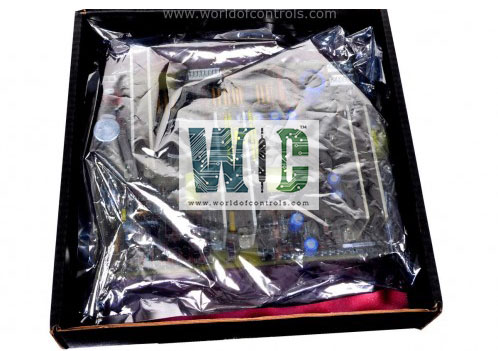
World Of Controls understands the criticality of your requirement and works towards reducing the lead time as much as possible.
IS210TREAH1A - Turbine Emergency Trip Terminal Board is available in stock which ships the same day.
IS210TREAH1A - Turbine Emergency Trip Terminal Board comes in UNUSED as well as REBUILT condition.
To avail our best deals for IS210TREAH1A - Turbine Emergency Trip Terminal Board, contact us and we will get back to you within 24 hours.
Part No.: IS210TREAH1A
Manufacturer: General Electric
Country of Manufacture: United States of America (USA)
Size: 33.0 cm high x 17.8 cm, wide
Technology: Surface mount
Temperature: -30 to 65oC
MPU pulse rate range: 2 Hz to 20 kHz
MPU pulse rate accuracy: 0.05 percent of reading
Number of inputs: 14
Number of outputs: 9
Contact ratings: NEMA class F.
Product Type: Turbine Emergency Trip Terminal Board
Availability: In Stock
Series: Mark VIe
IS210TREAH1A is an Aero derivative Turbine Emergency Trip Terminal Board developed by GE. It is a part of the Mark VIe control system. This terminal board, when combined with the WREA option card, interfaces with PPRA turbine I/O packs to facilitate critical turbine emergency operations. It supports inputs from two 24-point pluggable barrier terminal blocks and six passive pulse rate devices that measure turbine speed using a toothed wheel mechanism.
The terminal board interfaces with turbines through multiple input and output channels, enabling real-time data processing and emergency trip functions:
The option card is pre-mounted to the TREA terminal board at the factory. However, if servicing or reinstallation is required, the following steps must be followed:
For different variants of the board, connections must be appropriately configured:
A shield termination strip, attached to the chassis ground, is located to the left of each terminal block, ensuring proper grounding and signal integrity.
The WOC team is always available to help you with your Mark VIe requirements. For more information, please contact WOC.
What is IS210TREAH1A?
It is an�Aero derivative Turbine Emergency Trip Terminal Board developed by GE under the Mark VIe series.
What inputs and outputs are supported?
The board has customer input terminals provided through two 24-point pluggable barrier terminal blocks (H1A or S1A) and three TMR-voted solid-state output contacts for reliable system trips.
What is the role of the WREA option card?
The WREA option card, mounted on the terminal board, works to configure and manage the speed input circuits and repeater outputs, enhancing the system's precision and flexibility.
How is the board installed?
The WREA option card is pre-mounted to the TREA terminal board. During servicing or replacement, the connectors on both boards must be properly aligned and pressed to secure the connection fully.
What are the jumper configurations on this board?
Jumpers JP1 and JP2 manage the fanning of speed inputs to the Y and Z PPRA I/O packs. Jumpers JP1 through JP6 select signal levels (RS-232 or RS-485), while JP7 through JP12 configure the speed repeater outputs.